If you’re a beginner gardener looking to jumpstart your green thumb, there are a few key steps to consider. Gardening can seem overwhelming at first, but with the right resources and a little bit of patience, anyone can grow their own vegetables, herbs, and flowers!
Whether you have a small balcony or a sprawling backyard, there are gardening options available to suit your needs. In this guide, we’ll cover everything from understanding your gardening environment to selecting the right tools and plants for your space. By the end, you’ll have all the tools you need to start your own beginner-friendly garden!
Key Takeaways:
- Gardening is possible in any size yard and location.
- Consider factors like purpose and seasonal produce options.
- Start slow and small, choosing the right plants for beginners.
- Find the perfect spot for your garden and prepare the soil accordingly.
- Regular care includes tending to plants, removing weeds, and proper watering.
Understanding Your Gardening Environment
Firstly, think about where you live, the size of your yard, and how much time you can dedicate to gardening. Understanding these factors can help you choose the right plants and create the perfect gardening spot. If you live in a warmer climate, you may have more options for plants that thrive year-round, while those in colder regions may need to focus on seasonal plants.
When choosing a location for your garden, it’s important to consider factors such as sunlight, shade, and potential obstacles like trees or buildings. Most plants need at least six hours of sunlight per day, so try to choose a spot that gets plenty of natural light. If you have limited space, consider container gardening or using vertical planting techniques to maximize your available area.
Another important factor to consider is the quality of your soil. Different plants have different soil preferences, so it’s important to understand your soil type and make any necessary amendments or additions. You can have your soil tested at a local nursery or garden center to determine its pH level and nutrient content.
Finally, it’s important to have the right tools and equipment to care for your garden. Basic items like gloves, shears, a garden hose, and rich soil can go a long way in helping you create and maintain a healthy garden. By understanding your gardening environment and choosing the right tools and plants, you can create a beautiful and successful garden.

Determining Your Garden’s Purpose
You should also consider the purpose of your garden, whether it’s for sustenance, decoration, or producing occasional spices. This will help you choose the right plants to grow and decide on the location of your garden.
If you are gardening for sustenance, you can consult the Seasonal Food Guide to determine what fruits and vegetables grow well according to the specific season. This will help you plan your garden accordingly and ensure that your plants produce a bountiful harvest.
For those gardening for decoration, you may want to consider planting flowers or ornamental plants. This can help add color and beauty to your yard while also contributing to the overall aesthetic of your home.
If you are using your garden to produce occasional spices, you can consider planting herbs like basil, rosemary, and thyme. These herbs can be harvested and used for cooking, adding a fresh and delicious flavor to your dishes.
Once you have determined the purpose of your garden, you can begin selecting the right plants that will thrive in your specific environment.
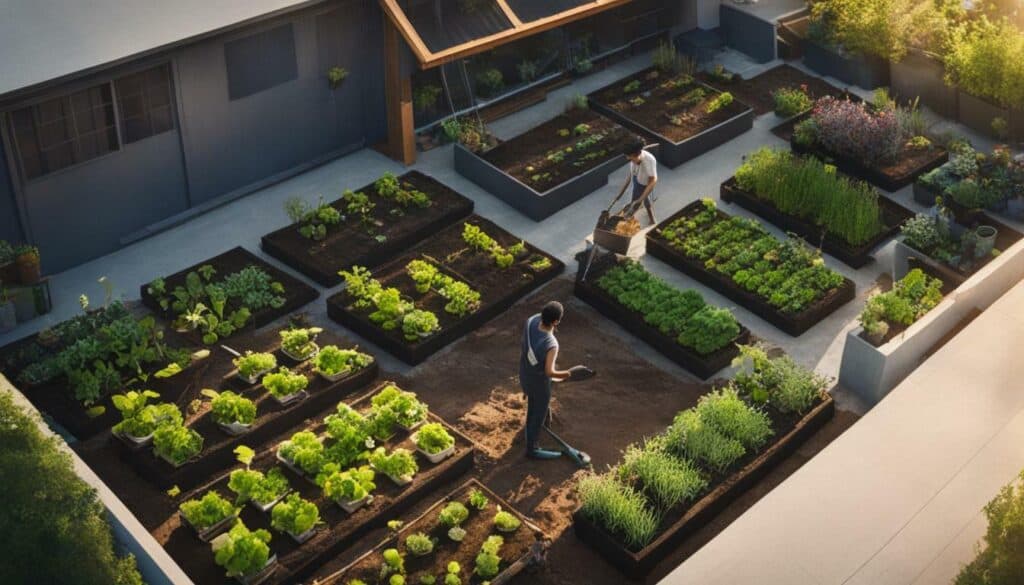
Remember, starting a garden is a great way to connect with nature while also providing your family with fresh and healthy produce. Choose a purpose that excites you and plan accordingly to ensure a successful and rewarding experience.
Choosing Plants for Your Region and Season
It’s important to know what plants grow well in your specific region and season. When choosing plants for your garden, consider factors such as where you live, the size of your yard, and the amount of sunlight it receives.
For gardening for sustenance, it’s recommended to check resources like the Seasonal Food Guide to find out what produce is available in your area during different months of the year. Additionally, the U.S. Department of Agriculture’s Family Garden Planning Guide provides information on the estimated pounds needed per person for different crops, helping you determine how much to plant.
Choosing the right location for your garden is also important. Consider the amount of sunlight, moisture, and drainage in the area. Avoid areas with too much shade or moisture, as these can lead to the growth of mold and fungi. Once you have prepared the soil and selected the right location, it’s time to choose your plants.
| Beginner-Friendly Plants | Season |
|---|---|
| Bell Peppers | Spring-Summer |
| Blackberries | Summer-Fall |
| Tomatoes | Spring-Summer |
| Cucumbers | Spring-Summer |
| Lettuce | Fall-Winter |
These plants are easy to grow and perfect for beginners. By selecting easy-to-grow plants, you can increase your chances of success and build confidence as you learn. Always remember to regularly tend to your plants by removing weeds and pests, and providing the necessary water and nutrients.
Once you’ve chosen your plants, it’s time to start planting. Having the right tools and gear can make the process easier and more enjoyable. Some essential gardening tools include gloves, shears, a rake or garden hoe, a garden fork or spade, a garden hose or watering can, and rich soil.
With the right preparation, plant selection, and care, you’ll be able to enjoy the benefits of gardening and growing your own plants and produce in no time.
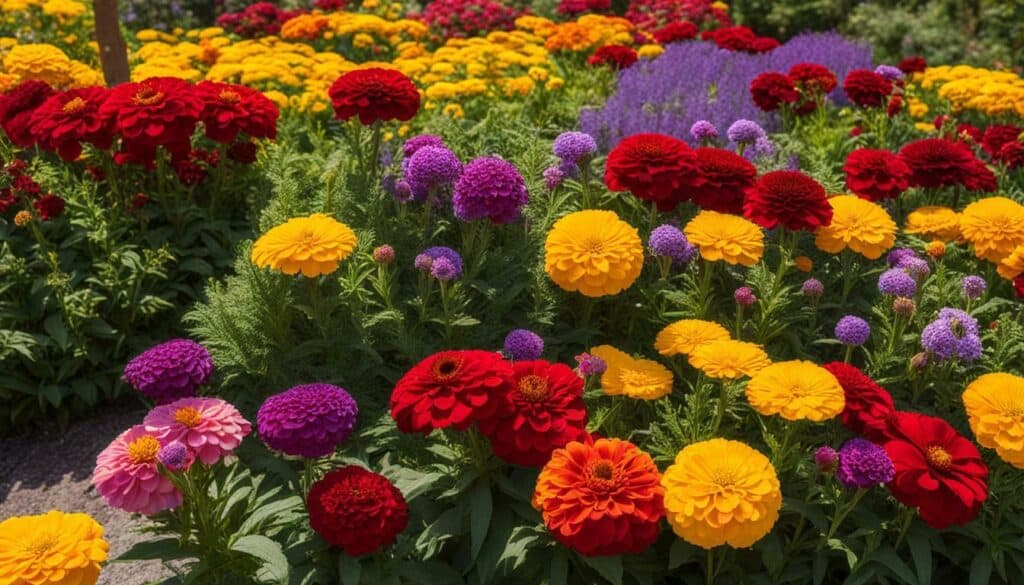
Planning a Vegetable Garden for Your Family
To plan a vegetable garden for your family, you can use the USDA’s Family Garden Planning Guide to determine the amount of rows to plant per person. Regardless of the size of your yard, gardening for sustenance is common and can be done with a little planning and research. One important consideration is where you live and the type of produce that grows well in your region and season. The Seasonal Food Guide is a helpful resource that provides information on what produce is available in the U.S. based on different months of the year.
Choosing the right location for your garden is crucial. Plants require at least six to eight hours of sunlight per day, so it is best to avoid areas with lots of trees and shadows. If you live in the Northern Hemisphere, select a south-facing garden, or a north-facing garden if you live in the Southern Hemisphere. You should also consider the moisture levels and drainage of the area to ensure the best growing conditions for your plants.
When selecting plants for your garden, it’s recommended to start with easy-to-grow options such as bell peppers, tomatoes, and cucumbers. Doing your research and ensuring that the plants you choose are safe for children and pets is also important. Furthermore, investing in the right gardening tools, such as gloves, shears, and a garden hose, can make the process more enjoyable.
Regular maintenance is key to the success of your garden. This includes removing weeds and tending to the plants. Weeds can be dug up or treated with eco-friendly weed killers, and it’s also important to protect your plants from animals by building a fence or using repellents. Watering your plants regularly is essential, and adding mulch can help retain moisture. Staying attentive to your garden and providing the necessary care will ensure a beautiful and bountiful harvest.
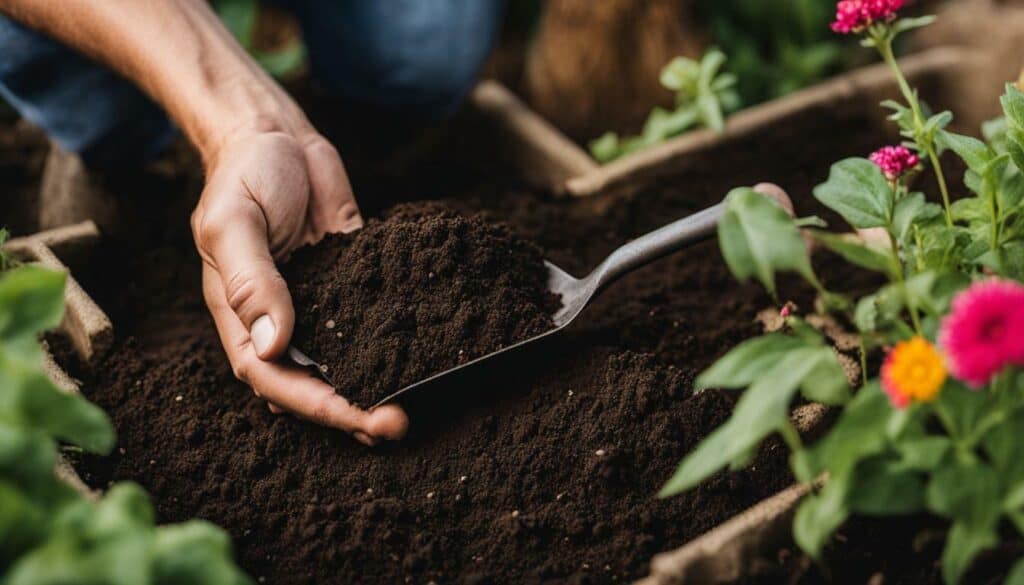
Starting a vegetable garden for your family is an exciting and rewarding endeavor that can be done regardless of the size of your yard. By using helpful resources and following these beginner-friendly gardening tips, you can start your garden with confidence and enjoy the fresh bounty of your harvest.
Choosing the Right Gardening Spot
Choosing the right gardening spot is crucial, as plants need at least six to eight hours of sunlight per day. When starting a garden, it’s important to consider your location, yard size, and amount of sunlight. Certain fruits and vegetables grow best in specific seasons, so it’s important to research what can thrive in your area.
Avoid areas with excessive shade, as plants won’t receive enough sunlight to grow properly. Poor drainage is another factor to consider, as waterlogged soil can cause roots to rot and kill your plants. It’s best to choose an area with well-draining soil, or consider raising your garden beds to ensure proper drainage.
Choosing a spot with the right amount of sunlight is another important factor to consider. Some plants require more direct sunlight than others, so it’s important to choose a spot with at least six to eight hours of sunlight per day. If your garden site doesn’t receive the necessary amount of sunlight, consider using a grow light to supplement your plants’ needs.
Regular plant care is also essential for a successful garden. Tend to your plants regularly, remove weeds, and provide proper care, watering as needed. Select the right gardening tools and invest in high-quality soil to ensure the success of your garden.
Preparing Your Garden Space
Clearing the ground, fertilizing the soil, and working the soil with tools like a rototiller or spade are important steps before planting. However, preparing your garden space involves much more than just these essential steps. To create a successful garden, you need to consider your location, yard size, and available sunlight.
| Step | Description |
|---|---|
| Plan Your Garden’s Purpose | Before you start preparing your garden space, determine the purpose of your garden. Do you want to grow vegetables, fruits, or flowers? Is your garden for sustenance or decoration? Understanding your garden’s purpose will help you determine the types of plants to grow and how to arrange them. |
| Research Your Region | Research what fruits, vegetables, and flowers grow well in your specific area and season. This will help ensure that your plants have the best chance of thriving in your garden environment. |
| Choose a Suitable Spot | Choose a spot for your garden that receives at least six to eight hours of sunlight each day and has good drainage. Avoid areas with excessive shade or moisture. Prioritize a location that’s convenient for regular monitoring and maintenance. |
| Clear the Ground | Remove any grass or weeds from your garden area and clear the ground of any debris or rocks that could hinder plant growth. |
| Fertilize the Soil | Add organic matter such as compost or animal manure to your soil to improve its health and ensure your plants are getting the nutrients they need. |
| Work the Soil | Use a garden fork or spade to work the soil and improve its structure. This will allow for better root growth and help your plants thrive. |
| Select Your Plants | Once your soil is properly prepared, select your plants based on your region, garden purpose, and personal preferences. Choose plants that are beginner-friendly and easy to grow, like tomatoes, peppers, beans, eggplants, cucumbers, and leafy greens. |
Remember to provide adequate watering and mulch to keep the soil nourished and protect against weeds. Regularly tend to your garden by removing weeds, pruning plants, and protecting against pests. By following these steps and ensuring proper soil health, you can create a flourishing garden space that brings joy and fresh produce to your life.
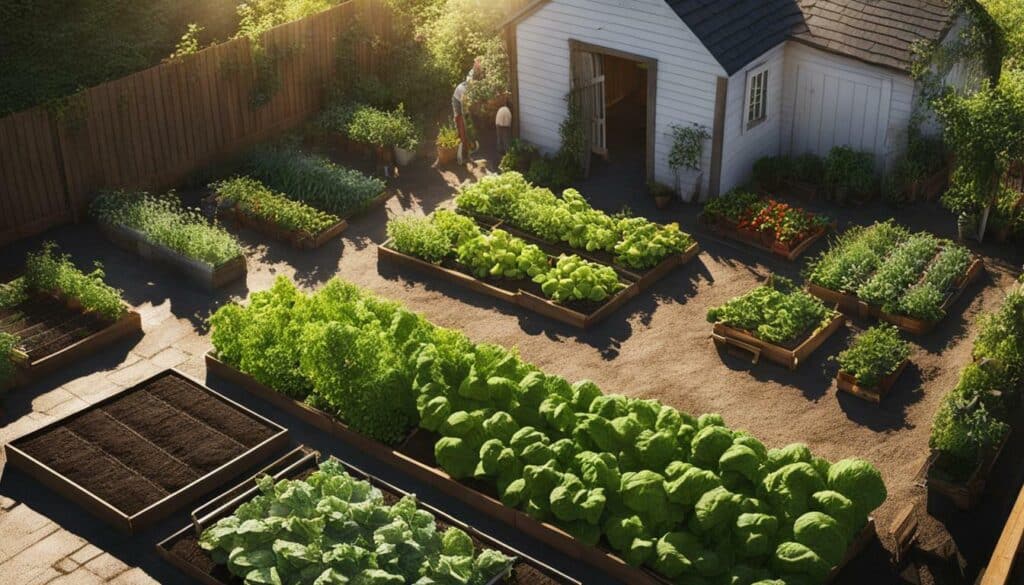
Starting Small and Gradually Adding Plants
You can also start small and gradually add more plants to your garden each year. Even if you have limited space, you can still cultivate a green thumb. When beginning your gardening adventure, it’s important to consider factors such as your location, yard size, and available time, as well as the purpose of your garden.
One helpful way to determine the best plants for your garden is to research what is best suited for your specific region and season. Consider estimated quantities needed per person and the space required for each vegetable when planting a vegetable garden. You can also visit gardening websites that provide information on what produce is available according to different months of the year.
Choosing the right spot for your garden is crucial. Choose an area that receives at least six to eight hours of sunlight per day and avoid locations with excessive shade or poor drainage. Also, ensure that the soil is fertile and rich in nutrients.
When selecting plants, take into consideration what grows best in your area and what you and your family prefer to eat. Whether it’s flowers, herbs, or vegetables, it’s essential to choose a variety of plants that will thrive in your garden environment.
Invest in the necessary gardening tools and equipment such as gloves, shears, a rake or garden hoe, a garden fork or spade, a garden hose or watering can, and rich soil. These tools will help you to plant and maintain your garden efficiently and comfortably.
Tend to your garden on a regular basis by removing weeds and protecting against animals. Water your plants as needed and consider using mulch to protect the soil and conserve moisture. Keep up with maintenance tasks such as weeding, pruning, and protecting your plants from pests. By following these tips, you can start small and build a thriving garden with ease.
Selecting Easy-to-Grow Plants
When it comes to selecting plants, tomatoes and peppers are good options for beginners, as they are easy to grow and readily available. Other easy-to-grow vegetables include beans, eggplants, cucumbers, and leafy greens such as lettuce and spinach.
If you’re interested in growing fruits, strawberries are a popular choice for beginners, as they can thrive in small spaces and require minimal maintenance. Blueberries, raspberries, and blackberries are also relatively easy to grow, but require more space and proper pruning.
Flowers such as marigolds, petunias, and zinnias are also good options for beginner gardeners, as they are hardy and can withstand a variety of weather conditions. These flowers can add a pop of color to your garden and attract beneficial pollinators such as bees and butterflies.
When selecting plants, it’s important to consider the specific conditions of your garden, such as sunlight and soil quality. Research the specific needs of each plant and choose varieties that are well-suited to your region and climate.
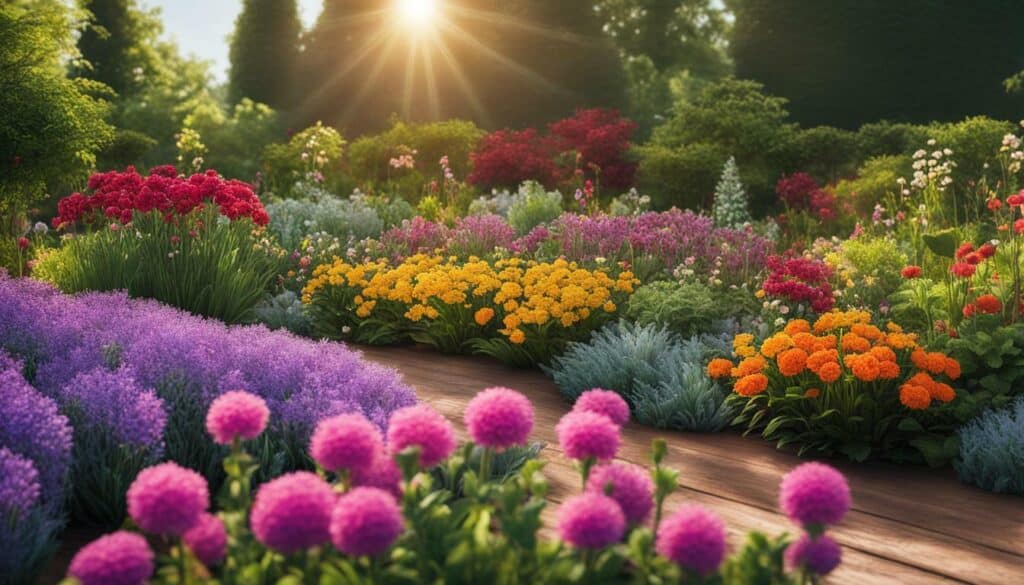
Starting with easy-to-grow plants can help build confidence and success in your gardening journey. As you become more experienced, you can experiment with more challenging varieties and techniques. Remember to have fun and enjoy the process of watching your garden grow!
Essential Gardening Tools
It’s important to have the right gardening tools, including gloves, shears or pruners, a rake or garden hoe, a garden fork or spade, a garden hose or watering can, and rich soil. With these tools, you can make your gardening experience easier and more enjoyable.
When choosing gloves, look for durable and comfortable options that fit well and provide protection from thorns, dirt, and other potential irritants. Shears or pruners are essential for trimming and shaping plants, while a rake or garden hoe can help with leveling the soil and removing debris.
A garden fork or spade is necessary for turning and cultivating soil, and a garden hose or watering can is essential for keeping your plants hydrated. Finally, rich soil is a must for the growth and development of healthy plants.
Investing in quality tools can make a big difference in your gardening experience. Not only will they make tasks easier, but they will also last longer and save you money in the long run. Take care of your tools by cleaning and storing them properly after each use.
By having the right tools and regularly tending to your plants, you can create a beautiful and thriving garden. Whether you’re growing fruits, vegetables, or flowers, proper tools and care will ensure a successful gardening experience.

Beginner gardening tips: Don’t be afraid to ask for help or advice from more experienced gardeners. Joining a gardening club or community can also provide valuable resources and support for beginners.
Tending to Your Garden
Regularly tending to your plants, removing weeds, and protecting your garden from animals are essential gardening basics for beginners. Once you’ve started your garden, it’s important to keep up with regular maintenance. This ensures that your plants are healthy and your garden stays looking its best.
One of the first things to do when tending to your garden is removing weeds. Weeds steal nutrients from your plants and can spread quickly, so it’s important to remove them as soon as you spot them. You can do this by hand or with a hoe, making sure to get the roots as well. Be careful not to accidentally pull out any of your plants in the process.
Animals, such as squirrels and rabbits, can also be a problem for your garden. To keep them out, consider installing a fence or using natural repellents like cayenne pepper or mint. If you have pets of your own, be mindful of their habits and make sure to keep them away from your garden as well.
Proper watering techniques are also important to keep your plants thriving. Different plants have different water needs, so it’s important to research what works best for your specific plants. As a general rule, most plants need about an inch of water per week. Be sure to water the roots, rather than the leaves, to avoid damage and disease.
Adding mulch to your garden is another way to help retain moisture and prevent weeds. Mulch also adds organic matter to your soil as it breaks down, which can improve soil structure and provide nutrients to your plants.
With regular care and maintenance, your garden can thrive and provide you with an abundance of fresh produce and beautiful flowers. Enjoy the process and don’t be afraid to experiment with different plants and techniques!
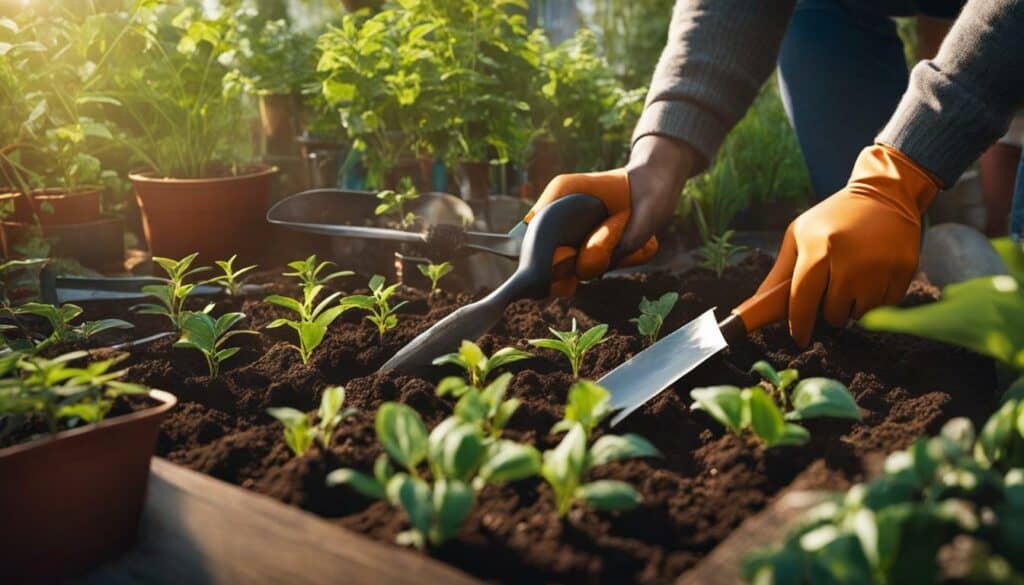
Conclusion
With these tips, you can jumpstart your green thumb and enjoy the benefits of a flourishing garden. Starting a garden can be a gratifying experience, and even if you have limited space, you can still grow an impressive variety of plants. The most important step in developing a successful garden is considering your gardening environment and purpose. From there, selecting plants that are suitable for your climate and season is crucial.
Selecting the Right Spot for Your Garden
When it comes to selecting the right spot for your garden, you’ll want to ensure you have adequate sunlight and good drainage. Some plants require more sun than others, so be sure to choose a spot that gets the right amount of light for the plants you want to grow. Also, avoid planting in low areas that can easily become waterlogged, as this can cause root rot and other problems for your plants.
Essential Gardening Tools
Having the right tools and gear can save you time and hassle when it comes to gardening. Essential gardening tools include gloves, shears, a rake or garden hoe, a garden fork or spade, a garden hose or watering can, and rich soil. Investing in quality tools can make gardening easier and more enjoyable.
Regular Plant Care
Regular plant care is essential to keep your garden healthy and thriving. Tending to your plants, removing weeds, and protecting them from animals and pests are all important maintenance tasks. Proper watering techniques are also crucial to keep your plants healthy and prevent over or under watering.
With proper planning, care, and attention, you can create a beautiful and flourishing garden that will bring joy and satisfaction. Whether you want to grow herbs, fruits, vegetables, or flowers, starting a garden is a fulfilling experience that anyone can enjoy. By following these beginner gardening tips, you’ll be on your way to creating the garden of your dreams.
Can Gardens to You Help me as a Beginner Gardener?
As a beginner gardener, the beauty of green spaces provided by gardens can greatly assist you. Gardens offer a nurturing environment where you can learn and practice gardening techniques. They provide opportunities to commune with nature, observe plant growth, and gain valuable experience. By engaging with gardens, you can cultivate a deeper appreciation for the beauty of green spaces and develop your gardening skills.
FAQ
Q: What should I consider before starting a garden as a beginner?
A: Before starting a garden as a beginner, you should consider factors such as your location, yard size, and available time.
Q: How do I determine the purpose of my garden?
A: To determine the purpose of your garden, think about whether you want to grow plants for sustenance, decoration, or producing occasional spices.
Q: How can I choose plants that will grow well in my specific region and season?
A: To choose plants that will grow well in your specific region and season, you can refer to resources like the Seasonal Food Guide website for a list of fruits and vegetables that thrive in each season.
Q: Is there a guide to help me plan a vegetable garden for my family?
A: Yes, the USDA’s Family Garden Planning Guide can help you determine the amount of rows to plant per person and plan a vegetable garden for your family.
Q: What should I consider when choosing the right gardening spot?
A: When choosing the right gardening spot, it’s important to consider factors such as sunlight, areas to avoid, and ensuring proper drainage and air circulation.
Q: What steps should I take to prepare my garden space?
A: Before planting, it’s important to clear the ground, fertilize the soil, and work the soil with tools like a rototiller or spade.
Q: Should I start small or can I plant a large garden right away?
A: It’s recommended to start small and gradually add more plants to your garden each year to avoid overwhelming yourself as a beginner.
Q: What are some easy-to-grow plants for beginners?
A: Easy-to-grow plants for beginners include tomatoes, peppers, beans, eggplants, cucumbers, and leafy greens.
Q: What are the essential gardening tools that beginners should have?
A: Essential gardening tools for beginners include gloves, shears, a rake or garden hoe, a garden fork or spade, a garden hose or watering can, and rich soil.
Q: How do I properly tend to my garden?
A: Properly tending to your garden involves regular plant care, removing weeds, protecting the garden from animals, and ensuring proper watering techniques.
Source Links
- https://www.goodnet.org/articles/ultimate-beginners-guide-to-starting-garden
- https://portfarms.com/finding-your-green-thumb/
- https://www.phillymag.com/be-well-philly/2013/05/13/plant-vegetable-garden/
- https://www.apieceofrainbow.com/easy-trick-to-jump-start-your-veggie-garden/
- https://www.gardendesign.com/how-to/
- https://www.almanac.com/vegetable-gardening-for-beginners
- https://simplysmartgardening.com/gardening-101-beginning-gardener/
- https://growinginthegarden.com/gardening-for-beginners-how-to-start-a-garden-in-8-simple-steps/
- https://www.bhg.com/gardening/yard/garden-care/ten-steps-to-beginning-a-garden/
- https://www.realhomes.com/advice/how-to-choose-plants-for-your-garden
- https://www.homesandgardens.com/gardens/best-plants-for-beginners
- https://www.gardeners.com/how-to/vegetable-gardening/5069.html
- https://www.countryliving.com/gardening/garden-ideas/g43413616/vegetable-garden-for-beginners/
- https://www.purdue.edu/hla/sites/yardandgarden/advice-for-first-time-gardeners-start-small/
- https://parkseed.com/how-to-start-a-garden-for-beginners/a/how-to-start-a-garden-for-beginners/
- https://shiftingroots.com/10-easy-vegetables/
- https://healthiersteps.com/12-essential-gardening-tools-for-beginners/
- https://www.azurefarmlife.com/farm-blog/essential-garden-tools-for-beginners
- https://www.gardenersworld.com/product-guides/growing/essential-gardening-tools-list/
- https://commonsensehome.com/start-a-garden/
- https://www.gardeners.com/how-to-folder/planting-and-care/tending-your-garden
- https://content.ces.ncsu.edu/home-vegetable-gardening-a-quick-reference-guide
- https://farmhouse-bc.com/gardening-tips-for-beginners/
- https://gardensavvy.com/gardening-blog/gardening-tips/the-ultimate-guide-to-starting-a-vegetable-garden-for-beginners/

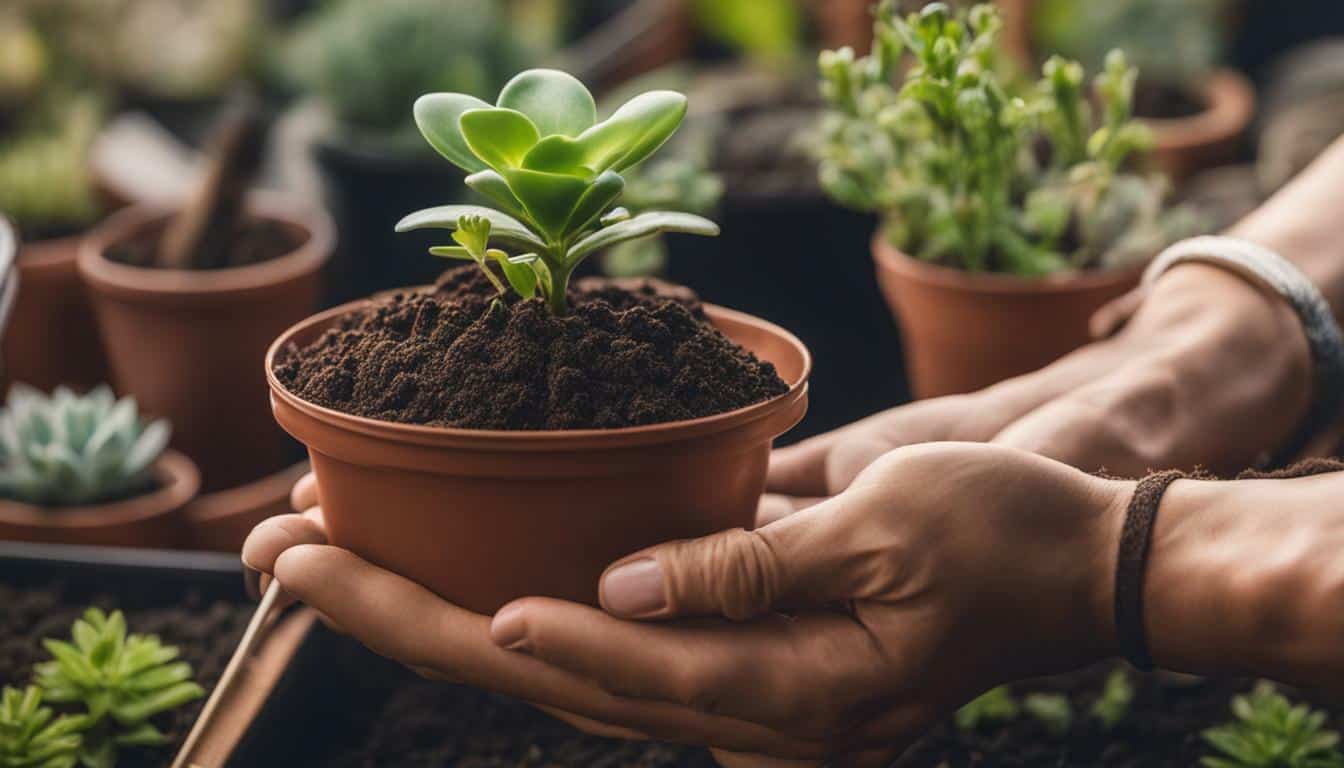



Leave a Reply